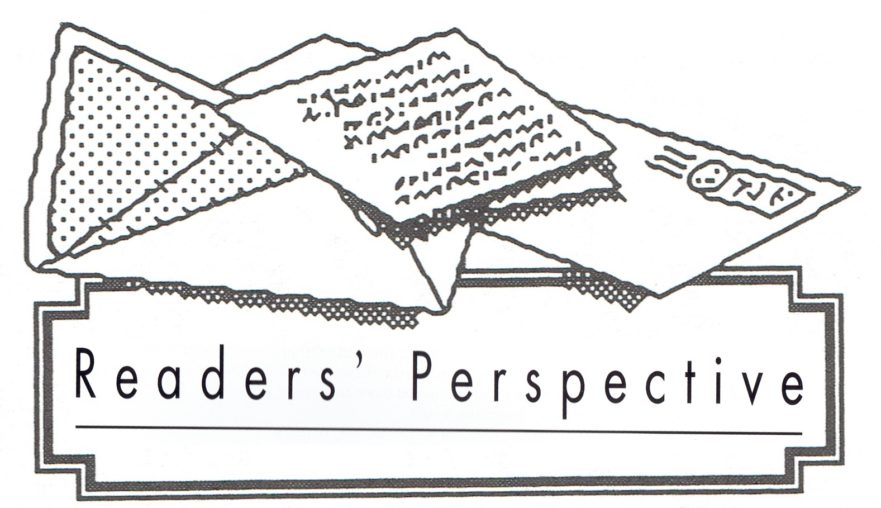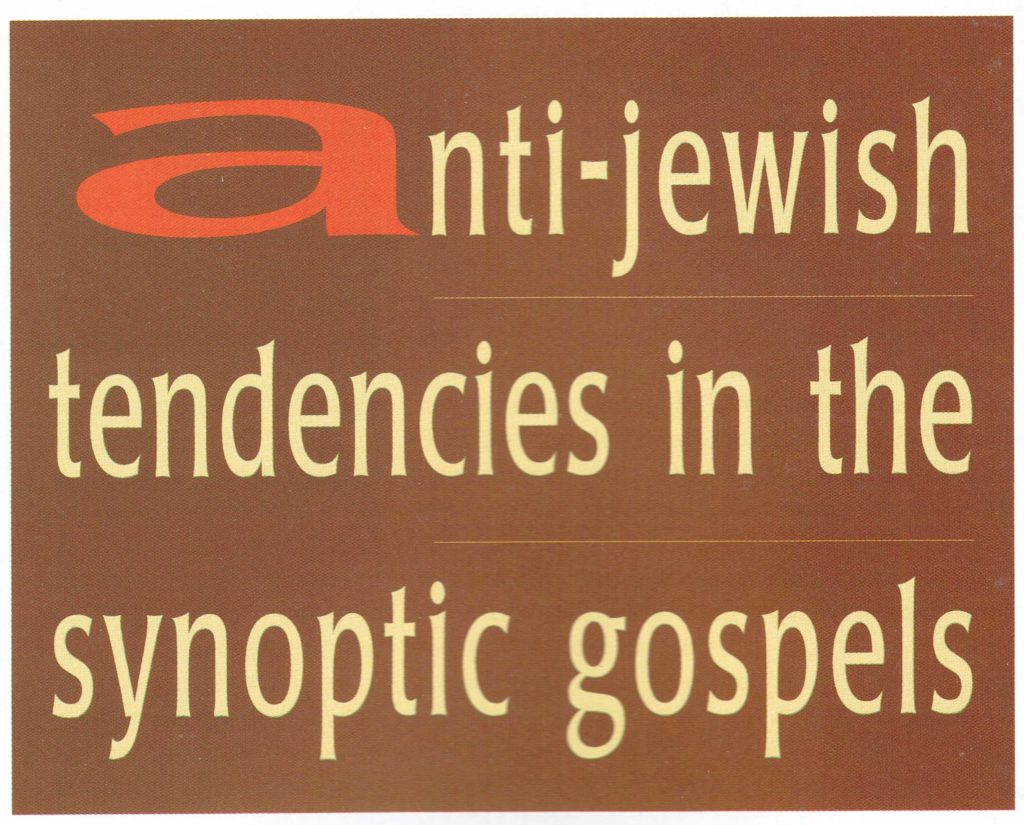Question from Derek White (Twickenham, Middlesex, England) that was published in the “Readers’ Perspective” column of Jerusalem Perspective 53 (Oct.-Dec. 1997): 8.
I read Dr. Steven Notley’s article “Anti-Jewish Tendencies in the Synoptic Gospels” with great interest. However, I would like him to clarify one or two points for me:
1. Dealing with the account of the “Cleansing of the Temple” (p. 26), Notley points out that in Luke’s account there is no violence in Jesus’ protest, but that Mark broadens Jesus’ wrath to include buyers and money-changers, and finally, does not allow anyone to carry anything through the Temple (Lk. 19:45-46; Mk. 11:15-17).
Is Notley saying that where Mark enlarged Luke’s simple account Mark was not recording factually what Jesus did, but rather using a literary device to convey his view that the Temple system was finished? In other words, did Jesus in fact overturn the tables of the money-changers?
2. A similar question arises with regard to Pilate and Jesus’ trial (p. 29). Did Pilate in fact wash his hands or is this another literary gloss?
In the same section Notley suggests that the phrase “his blood be on us and on our children” was not spoken by the rabble, but was inserted as a transposed curse by a later editor, possibly as a reflection of Acts 5:28.
If not everything in the Gospels is a record of true, factual occurrences, then there are serious questions with regard to the usual Evangelical understanding of “verbal inspiration,” which states that every written word of the original Scriptures was inspired by God; and of “inerrancy,” which means that everything in the Bible was recorded accurately.
Because I am only a novice, I would be glad to have Dr. Notley’s confirmation of what he is saying. I am trying to ask questions which may be in the mind of the average Evangelical, but from which you learned men may be a little divorced. Please suffer fools gladly.
The question boils down to this: Do the Gospels together comprise an accurate, factual account of what Jesus said and did, so that although they give us different views of the same facts, they are all equally correct? Or, are they only partly a factual account, thus requiring us to tease out the historical facts from the literary glosses of later editors?
Steven Notley responds:
When using the Synoptic Gospels as literary sources for historical research, one must pay careful attention to the differences between them. Sometimes these differences can be harmonized through linguistic, cultural or physical considerations, but sometimes not. Luke should not always be preferred to Matthew and Mark, but it often does provide a clearer account of the historical events.
What I find particularly disturbing is when scholarship interprets the sense of Luke’s text through the lenses of the Markan account. In the instance of the Cleansing of the Temple, what can certainly be said is that Luke does not preserve any indication of Jesus’ use of violence in the “cleansing.” When we consider Mark’s version, we find significant additional elements. According to Mark, Jesus would not allow anyone to carry anything through the Temple precincts. New Testament scholars have interpreted the Markan account to suggest that Jesus’ action was intended to signal the end of the sacrificial system. No such purpose for Jesus’ action can be detected in Luke’s narrative. Whether Jesus could or would have resorted to violence to achieve his purposes, or would have attempted to shut down the Temple are questions debated by scholars. Professor Flusser’s view is that Jesus expelled the sellers by quoting Scripture.
Regarding the questions of whether Pilate did or did not “wash his hands of the affair” and whether the Jewish leadership pronounced a curse upon themselves and their descendants, significant literary questions challenge the reader. First, there is silence elsewhere in the New Testament on these important historical details. Moreover, an understanding of Pilate’s absolution of responsibility is at conflict with even Matthew’s own presentation of the events. Note that it is Pilate’s soldiers who take Jesus to the cross—not the Jewish leaders.
As you have suggested, there is a need for a thorough reappraisal of our understanding of the nature of Scripture and how we use Scripture in historical inquiry. We need a “workable” understanding of Scripture that allows us to address critical questions while maintaining an orthodox faith.






